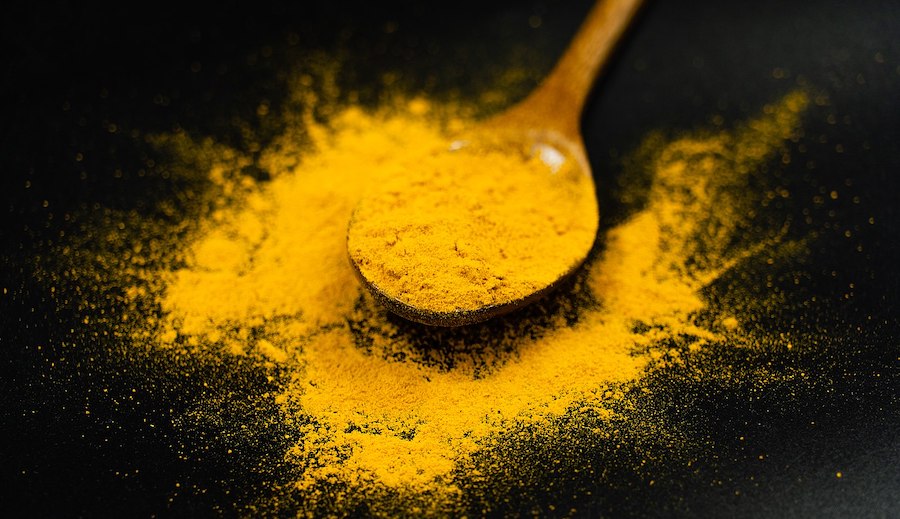
Fuel cells generate electricity through a chemical reaction instead of combustion.
Hydrogen fuel cells are highly efficient and do not produce greenhouse gases. While hydrogen is the most common chemical element in the universe, it must normally be derived from fossil fuels because it occurs naturally on earth only in compound form with other elements in liquids, gases or solids.
The necessary extraction adds to hydrogen fuel cells’ cost and environmental impact.
In addition, hydrogen used in fuel cells is a compressed gas, which creates challenges for storage and transportation. Ethanol, an alcohol made from corn or other agricultural-based feeds, is safer and easier to transport than hydrogen because it is a liquid.
“To make it a commercial product where we can fill our tanks with ethanol, the electrodes have to be highly efficient,” Lakshman Ventrapragada, one of the researchers involved in the study, said in a media statement. “At the same time, we don’t want very expensive electrodes or synthetic polymeric substrates that are not eco-friendly because that defeats the whole purpose. We wanted to look at something green for the fuel cell generation process and making the fuel cell itself.”
Mixing a spice with gold
In that search, Ventrapragada and his colleagues focused on the fuel cell’s anode, where the ethanol – or other feed sources – is oxidized.
Fuel cells widely use platinum as a catalyst. But in addition to being costly, platinum suffers from poisoning because of reaction intermediates such as carbon monoxide.
The researchers, thus, used gold as a catalyst and instead of using conducting polymers, metal-organic frameworks, or other complex materials to deposit the gold on the surface of the electrode, they employed curcumin.
Curcumin was used to decorate the gold nanoparticles to stabilize them, forming a porous network around the nanoparticles. The scientists, then, deposited the curcumin gold nanoparticle on the surface of the electrode at a 100 times lower electric current than in previous studies.
Without the curcumin coating, the gold nanoparticles agglomerate, cutting down on the surface area exposed to the chemical reaction.
“We need this coating to stabilize and create a porous environment around the nanoparticles, and then they do a super job with alcohol oxidation,” researcher Apparao Rao said. “There’s a big push in the industry for alcohol oxidation. This discovery is an excellent enabler for that. The next step is to scale the process up and work with an industrial collaborator who can actually make the fuel cells and build stacks of fuel cells for the real application.”




